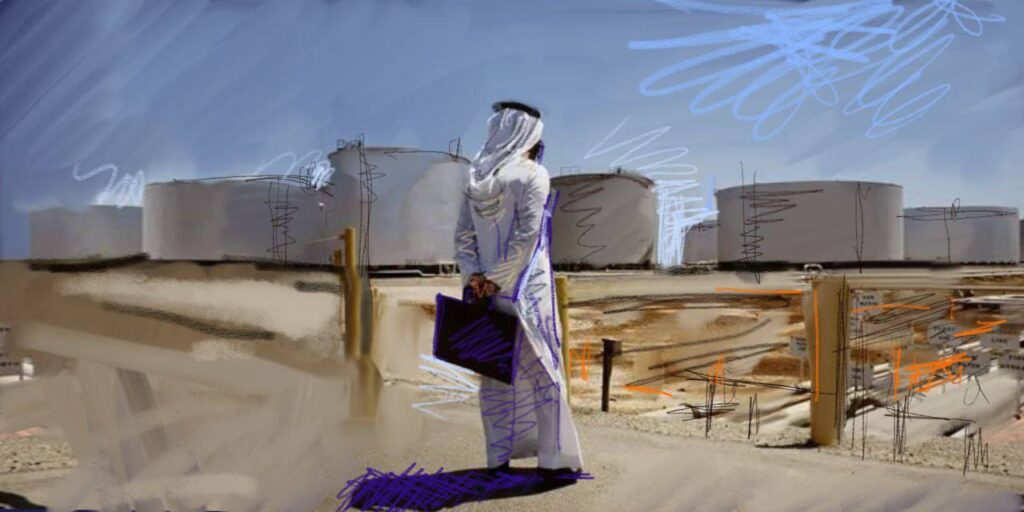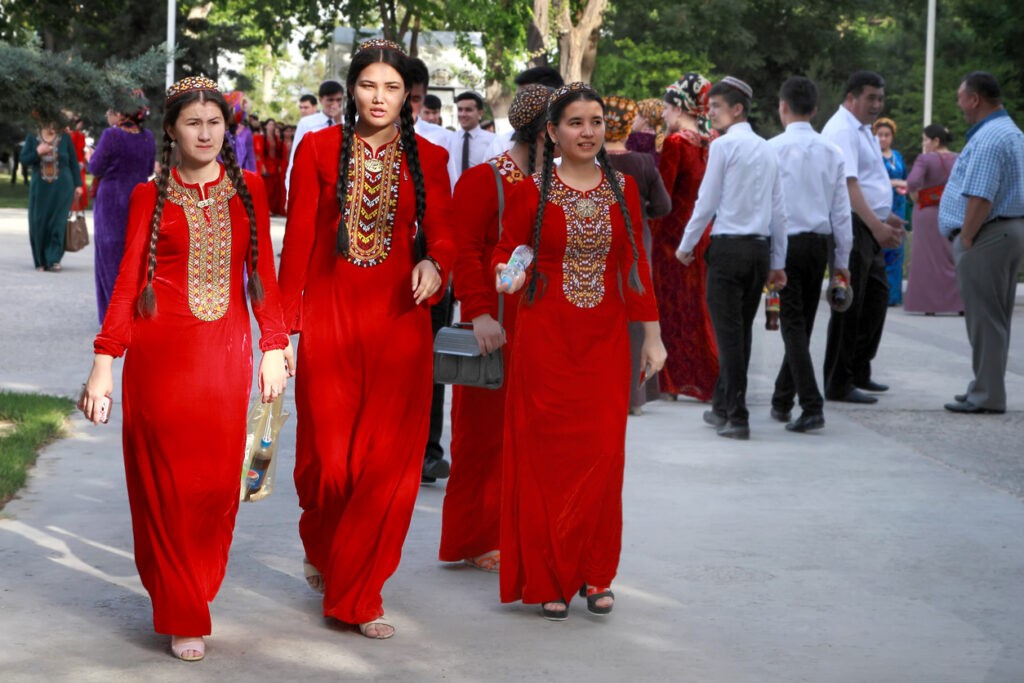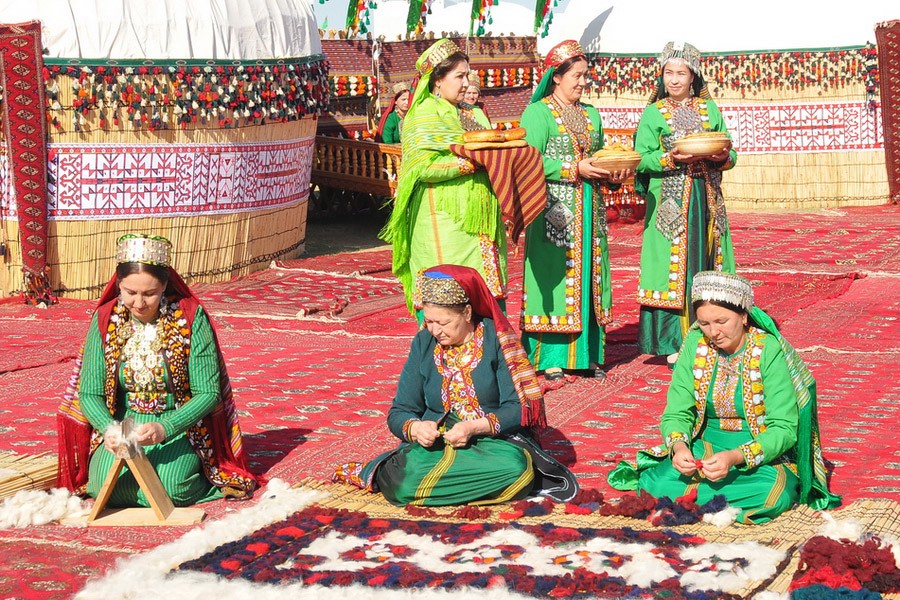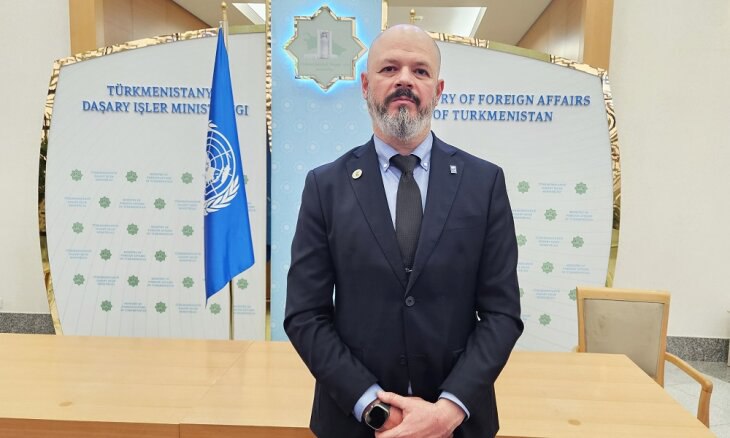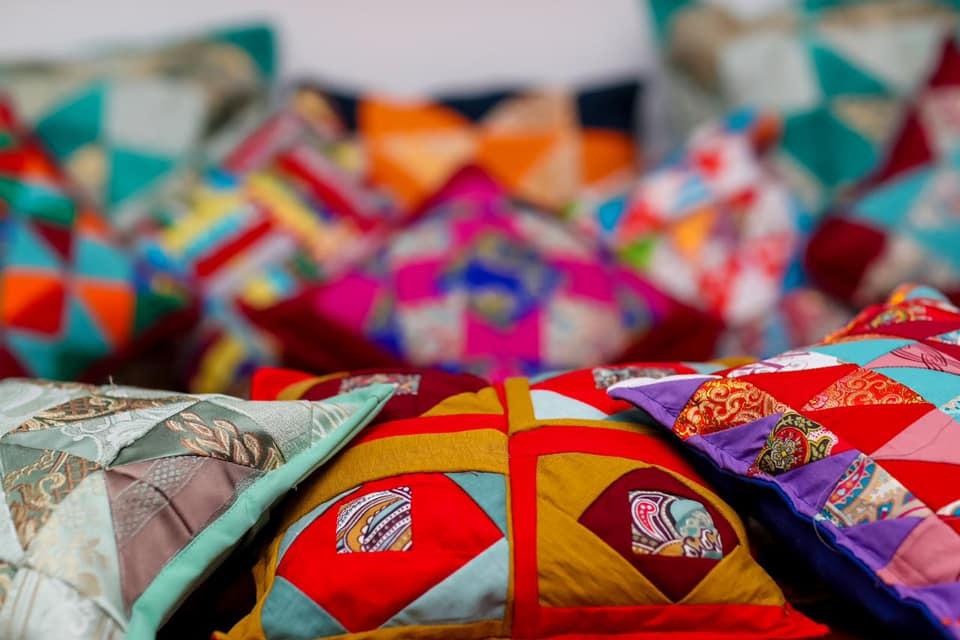Turkmen sewing is not just a craft but a real art; its roots go deep into the past, to the Paleolithic era. In the Paleolithic era, people used fur and animal skins for sewing, needles made of bone, and threads made of tendons. Over the centuries, Turkmen's sewing has preserved its uniqueness. It is closely connected with national clothing and is an integral part of the people's cultural heritage. The national costume of Turkmenistan, especially women's, has always been and remains an integral part of everyday clothes for girls and women of all ages. The tradition has always been uninterrupted, and today, Turkmen women continue to wear outfits and jewelry similar to those worn by their ancestors in the 18th and 19th centuries. Women's everyday clothes consisted of dresses, robes, and scarves made of plain cotton fabrics. Festive outfits were made of bright silk fabrics with rich embroidery, and wedding dresses and robes combined exquisite embroidery with silver jewelry. The traditional costume of a Turkmen woman was a bright ensemble: a high headdress draped with silk or woolen shawl, a long red dress with a robe over it, shoes on the feet, a narrow strip of embroidered pants, and a lot of silver jewelry. [caption id="attachment_20018" align="alignnone" width="300"] @advantour.comTurkmen women in traditional clothes with a national carpet[/caption] The modern style of Turkmen clothing preserves the best national features, offering many variants of sleeve shapes and decorative trimming. Each dress is necessarily decorated with ornamental hand embroidery or artistic machine stitching. Even today, Turkmen women prefer traditional outfits, such as a long velvet dress decorated with modern embroidery and jewelry. Even the wealthiest European-style costume cannot compete with the beauty and traditionality of the Turkmen national dress. [caption id="attachment_20023" align="alignnone" width="300"] @iStockA group of dancers before the performance at the Kurban-Bairam Festival.[/caption] In addition, the ornaments used in Turkmen embroidery have a deep symbolic meaning, tying together passed-down knowledge and traditions. Each pattern's history is connected with nature, the cosmos, and mythology. Turkmen embroidery is famous for its skill and precision. It is done by hand, using thin needles and silk or cotton threads. Traditionally, Turkmen women begin sewing in childhood, mastering the embroidery technique from their mothers and grandmothers. Modern Turkmen sewing is actively developing, combining traditional techniques with contemporary trends. Masters use new materials and experiment with colors and ornaments, creating unique works and patterns. [caption id="attachment_20025" align="alignnone" width="200"] @tourstoturkmenistan.comTurkmen national carpets[/caption] Despite the development of technologies, Turkmen sewing remains a valuable type of hand labor passed from generation to generation. It is a bright symbol of Turkmenistan's national wealth and cultural heritage. In 2022, Turkmen embroidery was included in the Representative List of Intangible Cultural Heritage of Humanity.
asd

